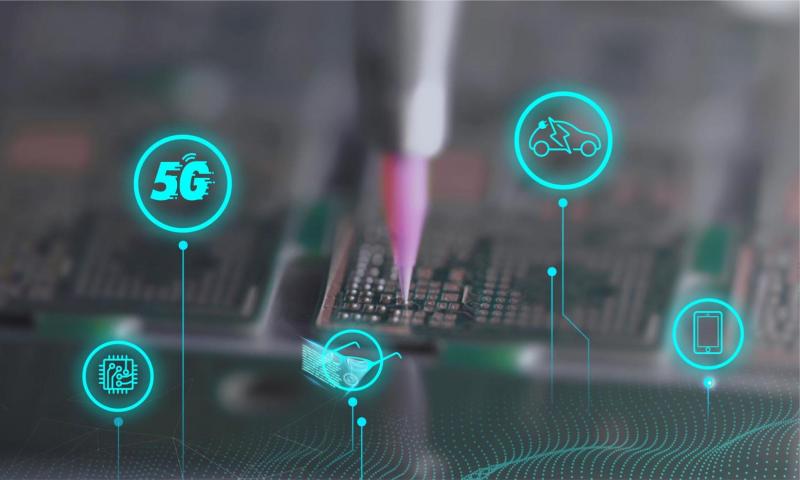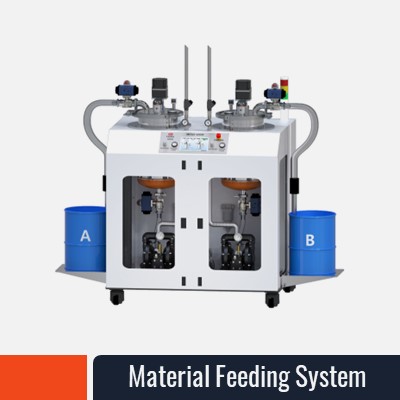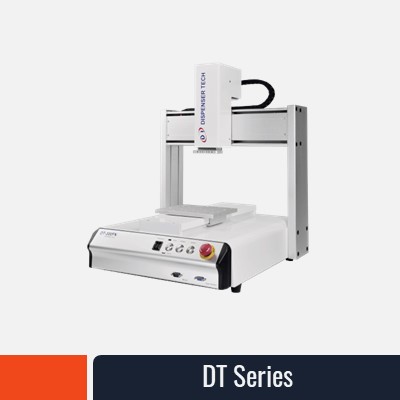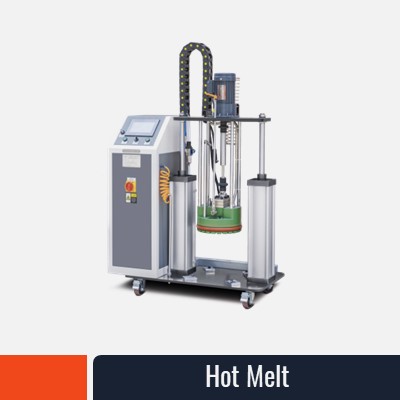
What Is Micro Dispensing? Everything You Need To Know
Micro Dispense Solutions for Electronics Manufacturing
Are you facing challenges with ultra-precise fluid dispensing in your manufacturing line? Micro dispensing is the answer for electronics, biotech, medical, and industrial applications that require small-volume, high-accuracy material placement. This guide explains the technologies, benefits, and real-world use cases of automated micro dispensing systems and precision dispensing equipment.
Looking for High-Precision Dispensing Equipment?
Explore our full line of micro dispensing valves, syringe dispensing tools, and precision metering systems for controlled adhesive application and fluid handling.
Call: +1 386-585-0355
Email: gavin@dispenserobotics.com
What Is Micro Dispensing Technology?
Micro dispensing technology enables the precise control and delivery of extremely small amounts of liquid or paste—ranging from nanoliters to microliters. It is essential in fields such as semiconductor packaging, medical device assembly, and biotech lab automation where accuracy, speed, and repeatability matter. This includes processes like non-contact dispensing, PCB micro dispensing, and micro volume dispensing.
Types of Micro Dispensing Systems
- Jetting Systems: High-speed, non-contact dispensing for solder paste and adhesives in PCB assembly.
- Piezoelectric Dispensing: Enables precise microdot dispensing for microarray spotting and lab-on-chip applications.
- Time-Pressure Dispensers: Pneumatically controlled systems ideal for general sealants and adhesive dispensing.
- Auger Valve Systems: Excellent for high-viscosity fluids such as epoxy micro dispensing and solder pastes. View Auger Valves →
- Needle Dispensers: Traditional contact-based fluid dispensing for conformal coating and encapsulation.
Applications of Micro Dispensing Technology
- Electronics: Includes PCB micro dispensing, solder paste, underfill, and adhesive placement on PCBs and microchips.
- Medical Devices: Micro dosing, drug delivery, and bio-printing for diagnostics and therapy.
- Automotive: Potting, gasketing, and thermal interface material applications for ECUs and batteries.
- Consumer Goods: Smart packaging, microfill in cosmetics, and inkjet-based dispensing systems.
- Biotech: Lab-on-chip, biosensor fabrication, and nanoliter microfluidic dispensing.
Not Sure What System You Need?
We offer both single-component and two-component systems, including fluid dispensing systems and valve-based dispensing options.
Call: +1 386-585-0355
Email: gavin@dispenserobotics.com
Benefits of Micro Dispensing
- High Precision: Achieve consistent results with picoliter to micro volume dispensing.
- Material Efficiency: Reduce waste during adhesive or epoxy dispensing with accurate control.
- Reliable Process Control: Ensures repeatable quality and productivity in automated dispensing lines.
- Supports Miniaturization: Perfect for compact designs in wearables, implants, and semiconductor packaging.
- Versatile Fluid Compatibility: Works with inks, UV adhesives, solder pastes, and biological fluids.
Get a Quote or System Demo
Whether you need dispensing machines or advanced robotic micro dispensing platforms, we offer complete turnkey solutions.
Call: +1 386-585-0355
Email: gavin@dispenserobotics.com
Conclusion
Whether you're developing next-gen electronics, automotive assemblies, or personalized medical devices, micro dispensing plays a crucial role in precision dispensing and smart manufacturing. Dispense Robotics is your trusted partner for reliable micro dispensing equipment, dispensing valves, and fluid control systems.
Speak with a Specialist Today
Let’s help you find the right micro dispensing system or progressive cavity pump to meet your exact needs.
Call: +1 386-585-0355
Email: gavin@dispenserobotics.com





